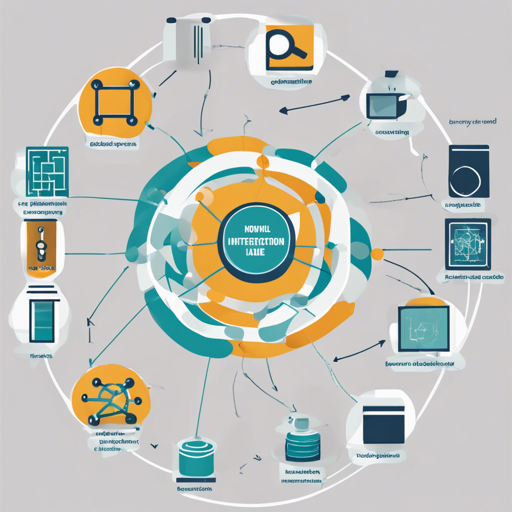Object detection has evolved significantly, and thanks to the innovative implementation of Fully Convolutional Networks (FCN), it’s now easier than ever to leverage these advancements using PyTorch. In this guide, we will walk you through the steps to get started with end-to-end object detection, along with troubleshooting tips to help you troubleshoot common issues along the way.
Requirements
- cvpods
- scipy = 1.5.4
Getting Started
To begin your journey into object detection, follow these steps:
Install cvpods locally
To install cvpods, make sure CUDA is available on your system. You have three options for installation:
python3 -m pip install git+https://github.com/Megvii-BaseDetection/cvpods.git # add --user if you don't have permission
# Or, to install it from a local clone:
git clone https://github.com/Megvii-BaseDetection/cvpods.git
python3 -m pip install -e cvpods
# Or,
pip install -r requirements.txt
python3 setup.py build developPrepare Datasets
Navigate to the cvpods directory and prepare your datasets by creating a symbolic link to your COCO dataset:
cd path_to_cvpods
cd datasets
ln -s path_to_your_coco_dataset cocoTrain and Test the Model
Clone the DeFCN repository and navigate to the directory to begin training and testing:
git clone https://github.com/Megvii-BaseDetection/DeFCN.git
cd DeFCN
# Start training
pods_train --num-gpus 8
# Start testing
pods_test --num-gpus 8 MODEL.WEIGHTS path_to_your_save_dir/ckpt.pth # optional
OUTPUT_DIR path_to_your_save_dir # optionalMulti-Node Training
If you’re looking to scale your training across multiple nodes (machines), make sure to install net-tools:
sudo apt install net-tools
ifconfig
pods_train --num-gpus 8 --num-machines N --machine-rank 0 1...N-1 --dist-url tcp:MASTER_IP:portResults
Your model will yield various results based on the dataset and method you choose. For example, with the COCO2017 validation set, you can expect outcomes like:
[POTO]
One-to-one Assignment: No
LR Schedule: 6x + ms
mAP: 40.2
mAR: 62.3Troubleshooting
As with any coding project, you may encounter some bumps in the road. Here are some common troubleshooting ideas:
- Installation Issues: Ensure that you have the required permissions when installing packages. Use the
--useroption if needed. - GPU Availability: If the training or testing doesn’t utilize the GPUs, verify your CUDA installation and check if your GPUs are recognized using
nvidia-smi. - Dataset Links: Make sure that the symbolic link to your COCO dataset is correctly set up.
- Check Network Configuration: For multi-node training, ensure that the
MASTER_IPand port are correctly configured.
For more insights, updates, or to collaborate on AI development projects, stay connected with fxis.ai.
Conclusion
End-to-end object detection with Fully Convolutional Networks opens up a world of possibilities in computer vision. By following this guide, you should be well on your way to implementing your own object detection model. Remember to explore the configuration options and experiment with different settings to get the best performance out of your models.
At fxis.ai, we believe that such advancements are crucial for the future of AI, as they enable more comprehensive and effective solutions. Our team is continually exploring new methodologies to push the envelope in artificial intelligence, ensuring that our clients benefit from the latest technological innovations.

